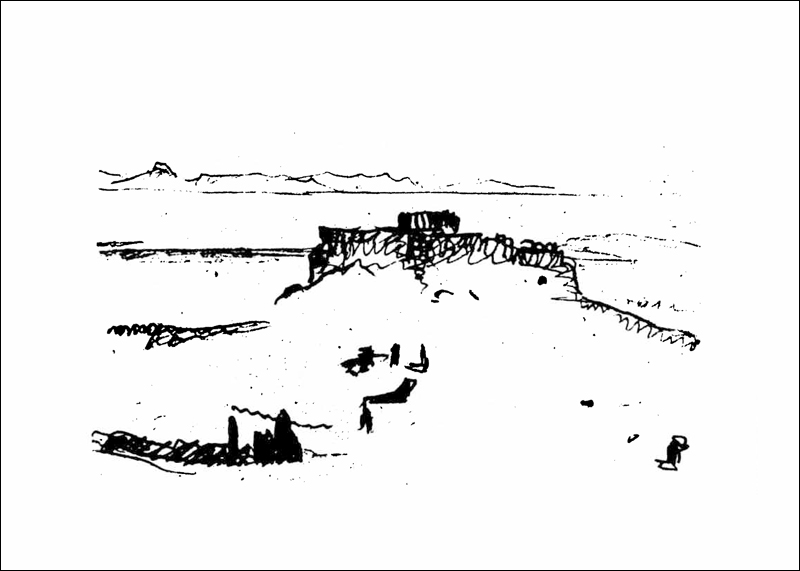What makes architecture beautiful? Beauty according to Philip Johnson (note to self: Cortelyou would be a great name for an architect’s dog) is not defined as one of his notorious Seven Crutches of Architecture because, as Philip cheekily pointed out, what is ugly for one can be good-looking for another. Beauty is disputable, de gustiness non est disputandum.
Architects who lean too much on either of these seven crutches (history, pretty drawings, utility, comfort, cheapness, serving the client or structure) are not strong enough to face the fact that to create something is “the sum of inescapable artistic decisions by the architect”. These artistic decisions are what Gaston Bachelard meant when he wrote that “even in art like painting which bears witness to a skill, the important successes take part independently of skill”. In the end he believes these decisions led to an architecture which provides ongoing generations with the same thrill as Philip had seeing Chartres Cathedral or the Parthenon.
According to Corb buildings such as the Parthenon make such a strong statement that they move something inside us, emotions of beauty and of an universal feeling, felt by whoever visits the Parthenon, the Hagia Sophia, the Acropolis or Hadrian’s villa. For Corb materials can be more than merely construction materials to build houses and palaces. At some point those pile of stones touch our hearts, make us happy. The walls tell a story, they tell the intention of its creator, of the architect.
“A thought which reveals itself without a word or sound”

